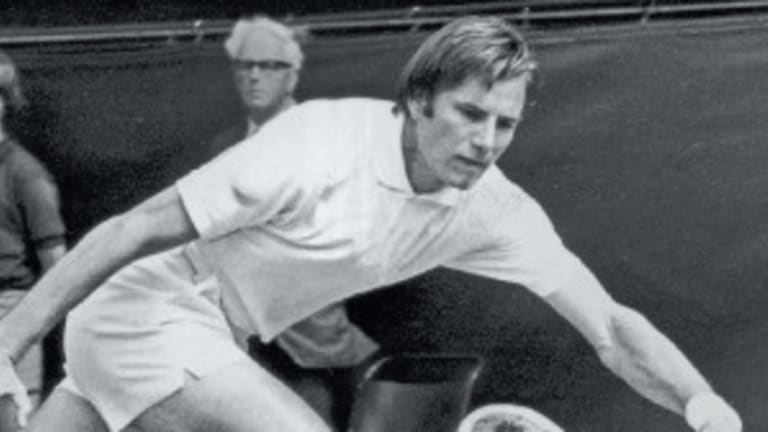To historians of the American psyche, 1973 is known as the Year of the Nervous Breakdown. Rock critic Lester Bangs coined the term that summer, when he used the title “1973 Nervous Breakdown” for his review of a Rolling Stones record. Three decades later, author Andreas Killen borrowed the phrase for his book about the year as a whole. Does “breakdown” sound a little grim, or a little exaggerated? Maybe not, if you consider the series of world-changing, and often anxiety-producing, events that the nation endured during those 12 months.
In January ’73, the Supreme Court legalized abortion; the verdict in Roe v. Wade marked the high tide of that era’s liberal movement, and kicked off the left-vs.-right culture wars that are still with us today. A few months later, President Richard Nixon ended the military draft; by the close of the year he had ceased hostilities, and all but admitted defeat, in Vietnam. With that, the most polarizing issue of the previous decade was over, but there were new ones to take its place. Over the summer, the first oil crisis stalled U.S. drivers and put an end to the country’s two-decade economic boom. By the fall, Americans were watching their president’s excruciating demise as the Watergate hearings unfolded, live on TV, night after night. All the rugs of society had been pulled out from under the country at once.
You might think, with so many serious developments in the news, that something as trivial as tennis would have had a hard time making a mark. Instead, the sport followed the world’s lead and produced its own year-long series of momentous events. Tennis was, in many ways, the perfect sport for the moment. As the political ideals of the 60s splintered into the narcissistic concerns of the Me Decade ’70s, Americans took up individual sports in larger numbers than ever—the tennis boom began just as the country’s economic boom was sputtering to a close. Between 1970 and 1974, participation in the U.S. went from 10 million to 30 million.
Even as the U.S. appeared to be in terminal decline in ’73, tennis was riding a wave of newfound popularity and influence, as well as experiencing its own 60-style revolutionary moment. After years of stagnating behind the high walls of its country clubs, the “secret sport,” as Bud Collins dubbed it in during its amateur days, spent the early 70s playing cultural catch-up. In ’73, it would take its place at the center of that rapidly changing culture. It was the year when this individual sport was finally taken over by its individuals.
In 1973, the ATP led a boycott of Wimbledon and created its own computer rankings; Billie Jean King formed the WTA and beat Bobby Riggs in the Battle of the Sexes; Arthur Ashe defied his critics and played in apartheid South Africa; and, in a last hurrah for the amateur era, Australia won the Davis Cup with what has been called the best team ever, even as its old captain, Harry Hopman, moved on to coach the game’s next prodigy in New York. This week, beginning with the Wimbledon boycott, I’ll look at one of those events each day. (To see my write-up of the Battle of the Sexes, go here.)
